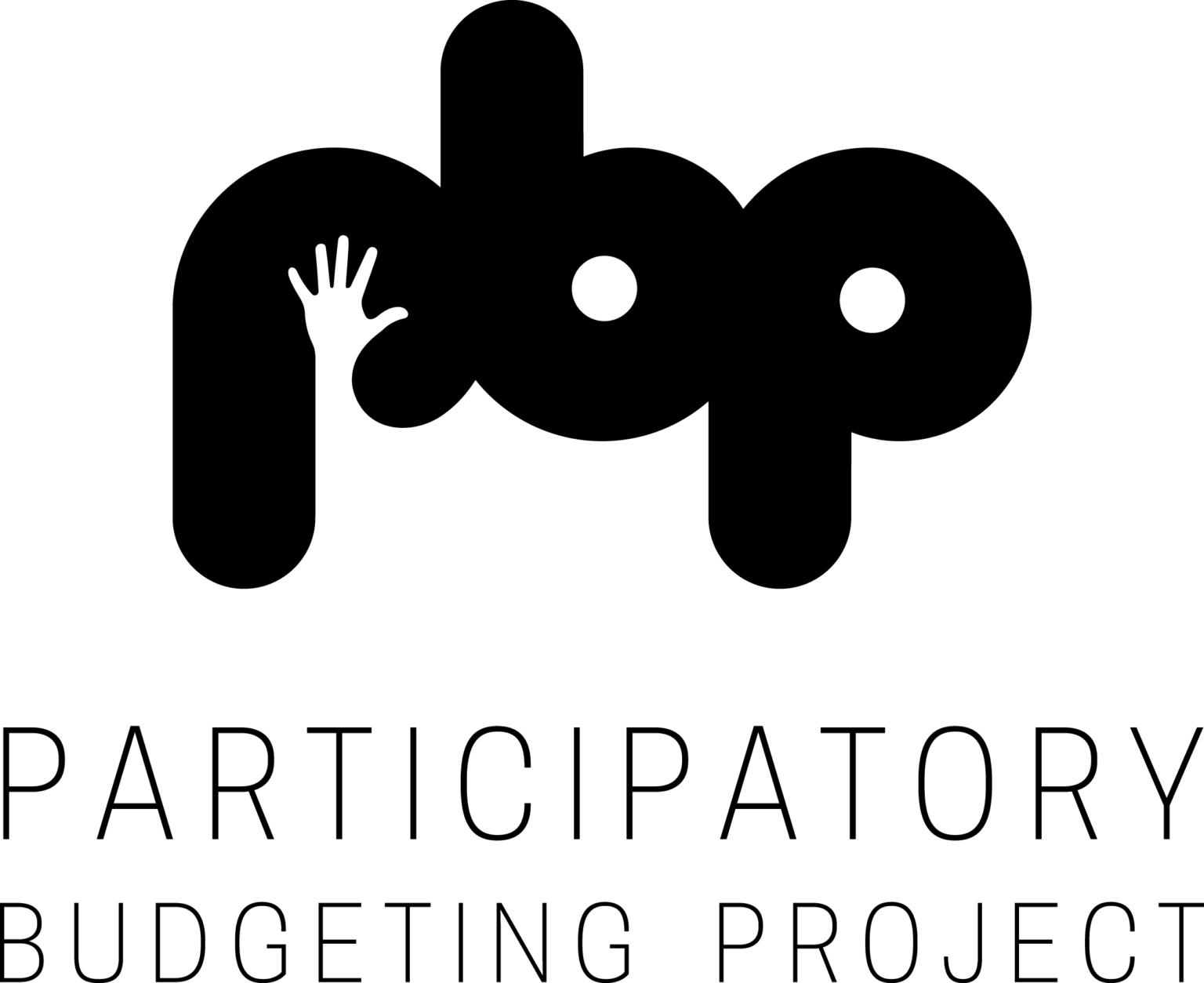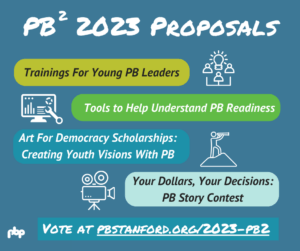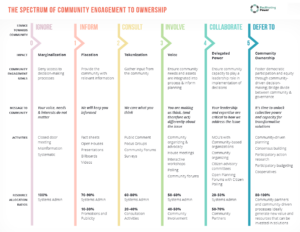The Institute of Development Studies just published a new paper on PB.
See the abstract copied below, or the full article at:
http://www.ongcidade.org/site/arquivos/artigos/
buku%20sumber%20IDS%20Aaron%20Scheneider%20Wp26645819f48b1433.pdf
IDS WORKING PAPER 266
Get What You Want, Give What You Can: Embedded Public Finance in Porto
Alegre
Aaron Schneider and Marcelo Baquero
Abstract
The problem of public finance in Latin America is a structural
contradiction. The historical
pattern of insertion in the international economy creates a large number
of poor who have
very real material needs for public services, but they cannot
individually or collectively contribute
the funds to pay for them. Rich people hold wealth, but they are
unwilling to contribute
to public services that go to other groups while they turn to private
schools, education
and transportation. They are especially unwilling to hand over their
wealth to governments
perceived as corrupt, inefficient, and illegitimate. This raises a basic
puzzle: how do
governments provide for those in need while securing the compliance of
those with
wealth?
In this context, the innovation of participatory budgeting is a striking
example of embedded
public finance in which taxes and expenditures are rooted in government
legitimacy. Three
elements comprise embedded public finance:
– Democratic participation in which an increasing number of citizens
participate in public
decisions, and different groups, especially the poor, have been
incorporated;
– Progressive public spending in which investment in poor neighbourhoods
has increased
both in absolute terms and in relation to rich neighbourhoods;
– Competent governance in which perceptions of corruption have
decreased, and
administrative structures riddled with clientelism and patronage have
been reformed.
These three elements rest atop a political coalition that joins middle
sector and poor voters.
Because these citizen groups have different needs, the state had to
tailor the benefits it
extended to the demands of each group. This strategy allowed the state
to mobilise distinct
contributions from each group, votes from the poor and tax compliance
from those with
wealth.





